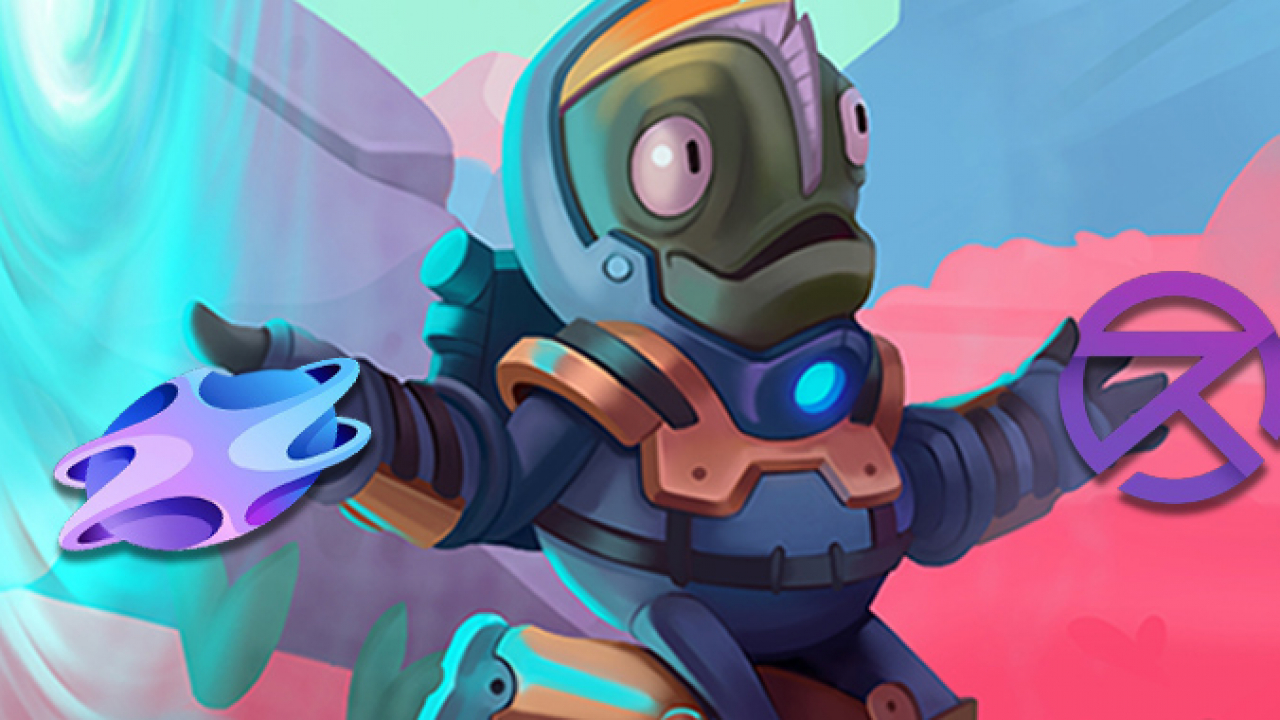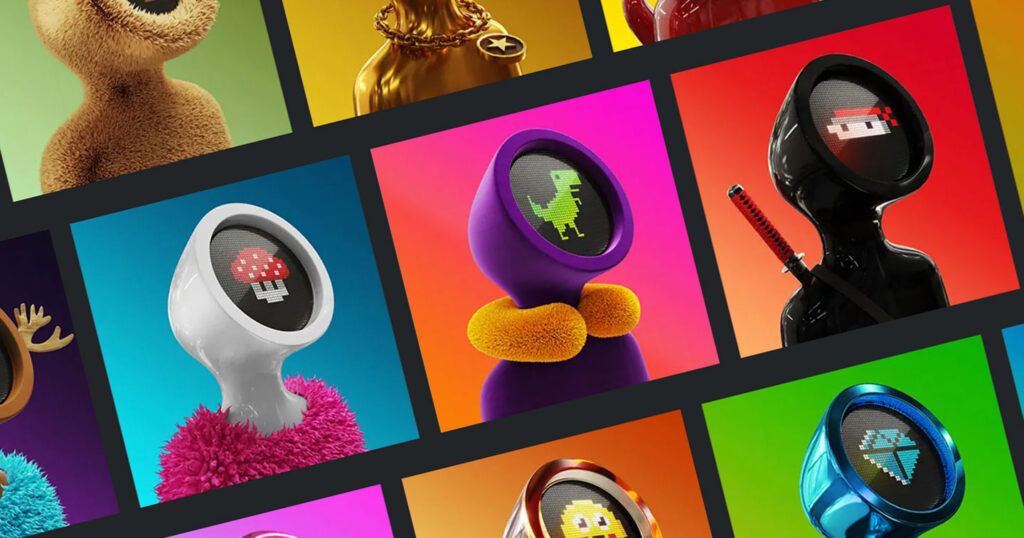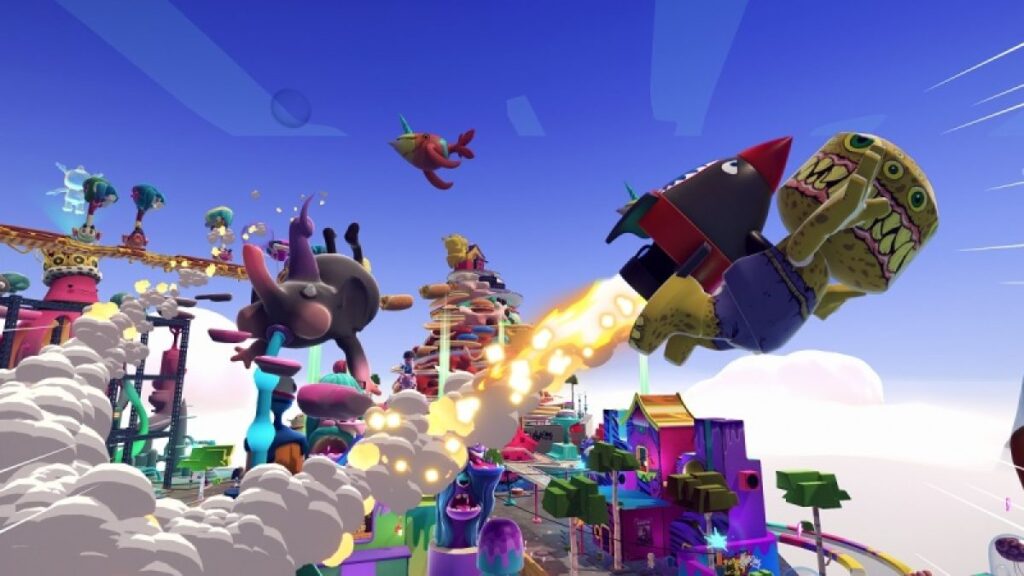
NFT games as a business
In the first half of 2020, the market for non-fungible tokens was worth barely $13.7 million; by the end of the year, it had grown to $2.5 billion in sales. We have observed an over 2,100 percent rise in sales volume year over year since Q4 2020, and the most recent data from NonFungible.com indicates that there are twice as many NFT games buyers as sellers in the first three months of 2021. We anticipate that number to be far greater now that more active communities have entered the NFT market.
NFTs have exploded in popularity as collectibles, with enthusiasts purchasing and selling them for both entertainment and profit with nft gaming. NFTs have developed a market due to their cultural relevance. At the moment, there is an active market in which speculators have simplified the process of determining value, making NFTs appealing to investors. However, we never anticipated NFTs exploding in the game business and assisting players in earning money via the leveraging of their abilities and time. We are now seeing a transformation in the gaming sector, in which all participants have an equal potential to earn money.
NFTs have resolved issues of provenance and duplication, and with the advent of play-to-earn games, we’re seeing them let consumers earn money playing the NFT games they love. In this post, we’ll break down all you need to know about play-to-earn and walk you through the process of getting started in the rapidly growing NFT industry.
What is an earn-while-you-play business model?
We’ve seen NFTs utilized as trinkets, artwork, and other unique characters, but we’ve never seen a free-to-play game used to earn crypto tokens continue. The business strategy for play-to-earn is straightforward: enable gamers to monetize their time and expertise by earning crypto tokens that can be exchanged for their selected currency. In standard video NFT games, no player is granted entire ownership of an in-app item, making it almost impossible to swap it for a greater value.
In the case of NFT games, participants are provided with unique NFTs that may be sold for tokens. As the number of blockchain-based transactions increases, the price of NFT tokens will rise. As a result, gamers now have the option of selling their tokens at a considerably greater price. In contrast to conventional video games, NFT games are based on smart contracts, which means that producers do not have complete control over in-app purchases.
This is a very different game economy, and it is not only because cryptocurrencies are involved; it also produces greater value for other participants. If a player wishes to exit a game, they may sell their tokens to other players via the open marketplace.
True, participants must pay to participate in a game. However, digital goods and collectibles purchased in-game will always have some monetary worth. In conventional video NFT games such as Fortnite or League of Legends, people spend their money on useless skins and items that are difficult to resell. This is when NFT games cause a paradigm shift and alter the whole gaming scene.

Why is the coupling of NFTs and Video Games ideal?
We may make several arguments for why the coupling of NFTs with video NFT games is ideal. The first would be economies that are community-driven and player-owned. The decentralized aspect of these games increases their appeal to every player out there, and when combined with the chance of earning some nice money on the side, no one would say no.
Additionally, it has been shown that individuals collect things for a variety of reasons and place a greater premium on items that are distinctive and original. Each participant or collector has a set of digitally manufactured tokens that are uncommon, real, and simple to exchange. Additionally, it assists in the development of online markets for the purpose of profiting from a valued commodity that was never available in conventional gaming platforms.
NFTs fundamentally altered players’ in-game purchases by giving them actual ownership and control. If this was a multiplayer game, your money would vanish as soon as you get bored or switched to another game.
The nicest aspect about NFTs being integrated into video NFT games is that they can be sold for substantially more on secondary markets as players level up and acquire better stuff. Another unique feature of NFT-based gaming projects is that gamers may sell the rights they own to any game. This creates new opportunities for us, since it enables digital mobility and the right to commercialize in-game materials.

The Future of NFT games
One thing is certain: NFT games will continue to exist. NFTs are making their debut in a gaming industry that is just now coming to terms with the notion of blockchain technology. While NFTs have already established a strong position in the virtual goods trading industry, hurdles remain. If NFTs are to gain widespread acceptance, they must improve their attractiveness and intuitiveness.
We do not see through the hype, but rather through the technology. We understand the potential of Blockchain NFTs and how they can revolutionize conventional gaming. We will continue to see price volatility in the near term, but the core use cases and technology will very certainly persist.
It’s wonderful to see how the blockchain has enabled the creation of a diverse range of NFT games and gameplays, as well as the ability for players to earn tokens. There is a great deal of expectation as the space expands and new NFT games are introduced. Cryptocurrency NFT games are an excellent way to infuse some fun into your crypto earning experience.
NFT games seem to be the forerunners of a wider trend at work: the growing convergence of the physical and digital worlds. And with that, the legendary ‘metaverse’ emerged—a concept that has been at the core of current scholarly disputes as well as the subject of revitalized business agendas, most notably that of Meta (née Facebook). Attracted by visual images from Neal Stephenson’s 1992 novel ‘Snow Crash’ or films such as ‘Ready Player One,’ the majority of discussions of the metaverse focus on technical details, functional characteristics, or end user implementations in the form of high-fidelity 3D and extended reality headsets.


